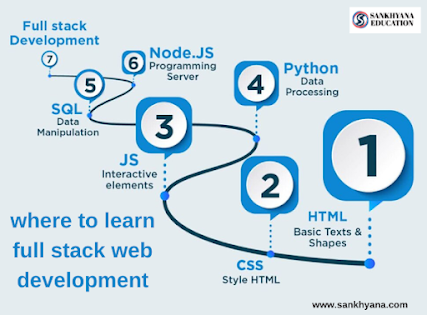Enhancing Road Safety with SAS Analytics
Enhancing Road Safety with SAS Analytics
Road safety is a paramount concern worldwide, as traffic accidents continue to be a significant cause of injury and loss of life.
Register your interest here: https://forms.gle/SXFLYLvAjTt5BUaD7
Introduction:
Road safety is a paramount concern worldwide, as traffic accidents continue to be a significant cause of injury and loss of life. To address this issue, organizations are increasingly turning to advanced technologies and data analytics to enhance road safety measures. One such technology is SAS analytics, which leverages the power of data to identify patterns, predict risks, and optimize road safety strategies. In this article, we will explore how SAS analytics is playing a crucial role in enhancing road safety and reducing accidents.
1. Data Collection and Integration:
SAS analytics starts with the collection and integration of various data sources related to road safety. These sources may include traffic volume data, weather conditions, road infrastructure details, vehicle information, and historical accident data. By bringing together diverse datasets, SAS enables a comprehensive analysis of factors contributing to accidents.
2. Accurate Risk Identification:
By applying advanced analytics techniques such as machine learning and predictive modeling, SAS can identify patterns and trends in the collected data. This analysis helps in identifying high-risk areas, such as accident-prone intersections, hazardous road segments, or locations with a history of speeding violations. By accurately pinpointing these risk factors, authorities can prioritize resources and implement targeted safety measures.
3. Real-Time Monitoring and Alert Systems:
SAS analytics can integrate with real-time data sources, such as traffic cameras, sensors, and connected vehicles, to provide instantaneous monitoring and alerts. By continuously analyzing incoming data, SAS can detect anomalous patterns, identify potential hazards, and send alerts to relevant stakeholders. For example, if a sudden increase in traffic congestion is detected in a specific area, authorities can be notified to take immediate action and mitigate potential risks.
4. Predictive Modeling for Accident Prevention:
SAS analytics enables the development of predictive models that can forecast accident probabilities based on historical data and real-time inputs. These models consider various factors such as weather conditions, time of day, traffic volume, and driver behavior to estimate the likelihood of accidents occurring. By leveraging these predictive insights, authorities can proactively implement preventive measures, such as adjusting speed limits, enhancing signage, or deploying additional law enforcement resources.
5. Data-Driven Decision Making:
The powerful analytical capabilities of SAS empower decision-makers with accurate, data-driven insights. Traffic management authorities can utilize these insights to allocate resources efficiently, optimize road infrastructure planning, and develop targeted educational campaigns. By basing decisions on empirical evidence, authorities can improve road safety measures and reduce the occurrence of accidents.
Conclusion:
SAS analytics plays a crucial role in enhancing road safety by leveraging data to identify risk factors, monitor real-time conditions, predict accident probabilities, and enable data-driven decision-making. By utilizing the power of advanced analytics, organizations can proactively address road safety concerns, reduce accidents, and save lives. As technology continues to advance, SAS analytics will likely evolve further, contributing to even more effective road safety strategies in the future.
.png)



Comments
Post a Comment